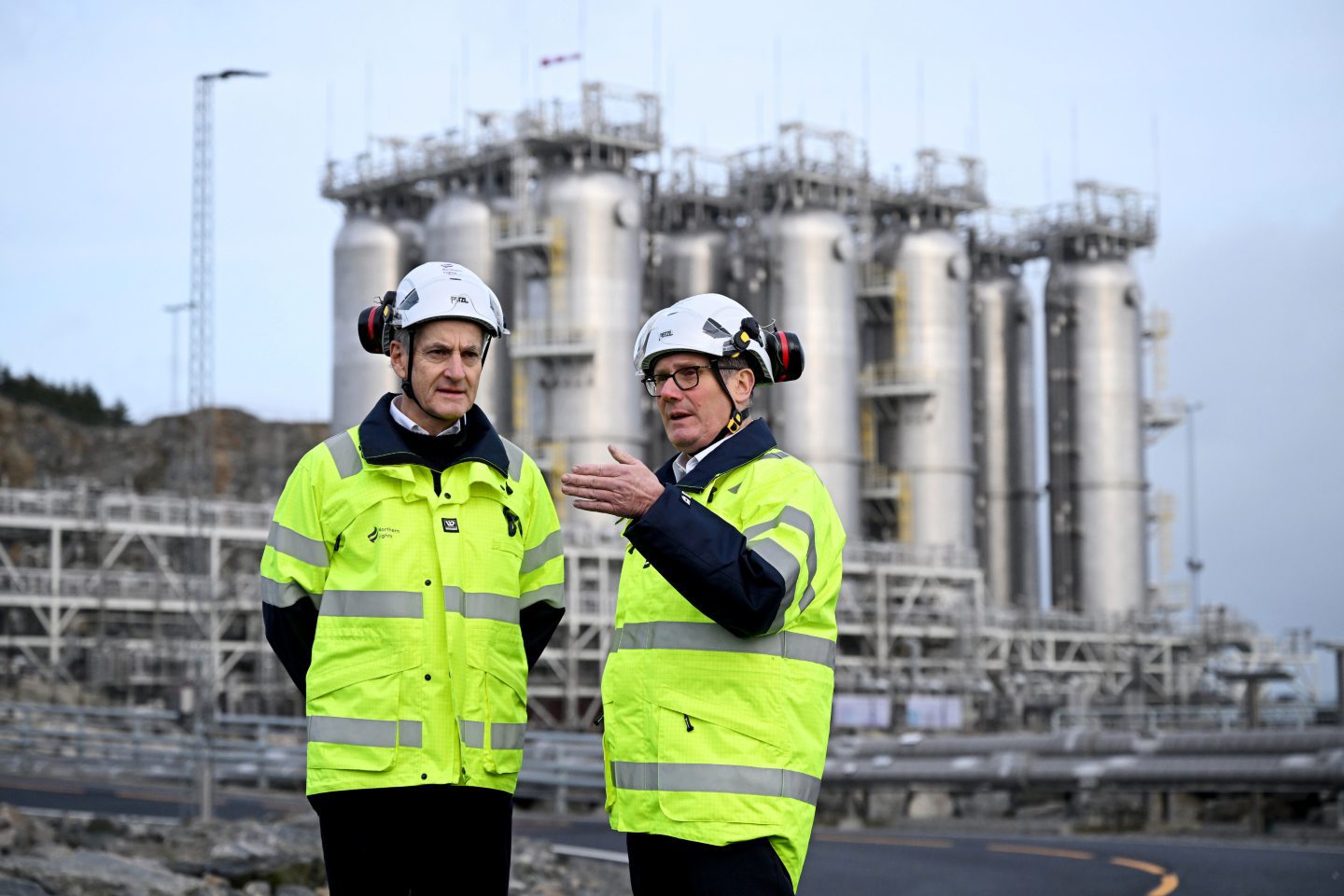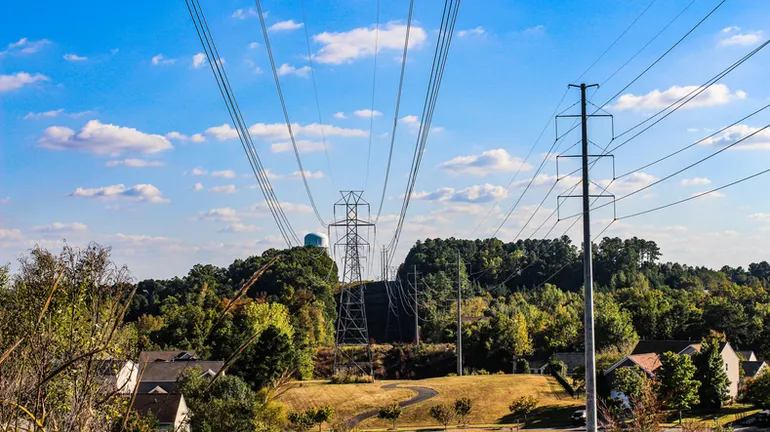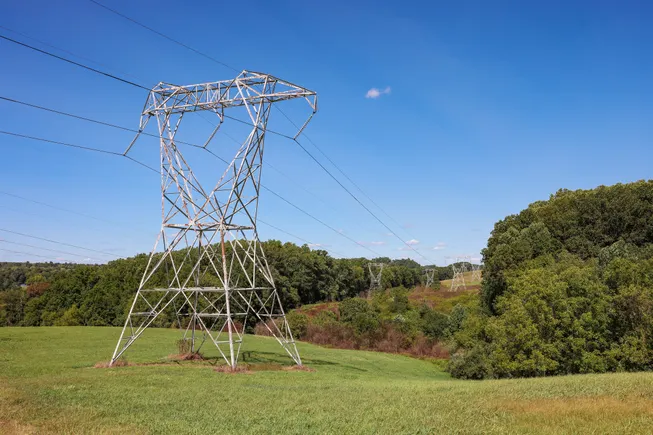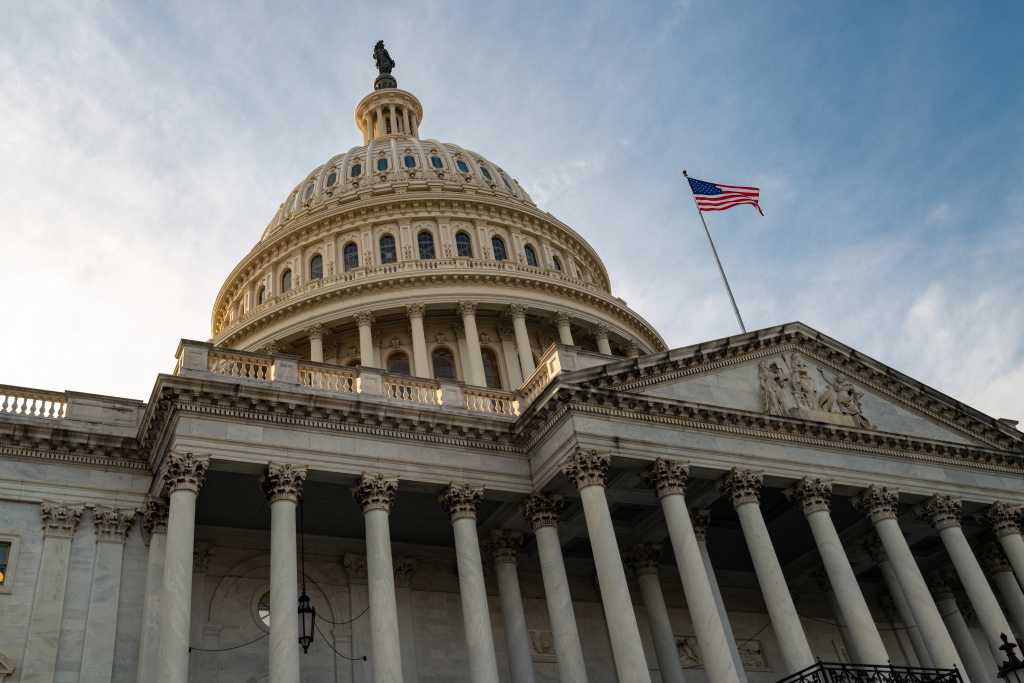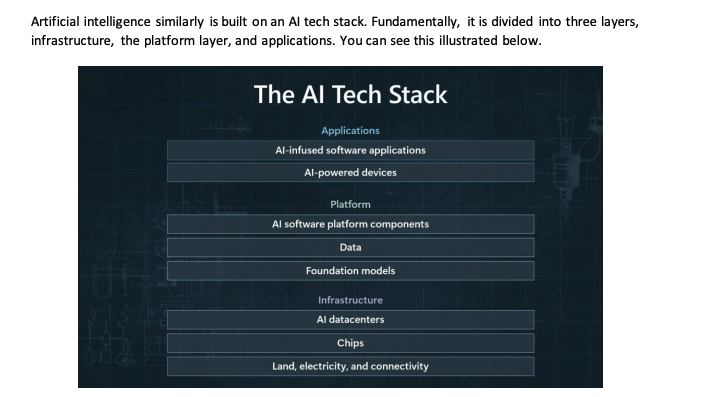The National Wealth Fund has handed out £600 million to ScottishPower to finance further grid upgrades in the UK.
The Iberdrola subsidiary has said that the investment will help support the creation of “hundreds of jobs” while supporting the country on its journey to net zero.
This funding will support seven of ScottishPower’s priority transmission grid upgrade projects, including Eastern Green Link 1 and 4, which aim to build interconnectors between Scotland and England.
ScottishPower claims that the projects being financed by the National Wealth Fund will support increased renewable electricity into the UK grid.
Keith Anderson, chief executive of ScottishPower, said: “Today’s announcement is a welcome step forward in the delivery of the Government’s Clean Power 2030 pathway.
“Working together to drive forward these critical investments is an important catalyst for economic growth, as we make progress in bringing more renewables onto the system to meet the increasing demand for electrification.”
 © Supplied by ScottishPower
© Supplied by ScottishPowerThe investment forms part of a £1.35 billion financing package, led by Bank of America as Sole Debt Arranger and including Bank of America, BankInter, BNP Paribas, Caixabank, Lloyds Bank, NatWest and Banco Sabadell as lenders.
ScottishPower argued that the amount of cash needed to deliver on government plans for green energy roll-out is “significant”.
Recent data from the National Energy System Operator (NESO) suggested that up to £60 billion of investment is required between now and 2030 to support the delivery of a clean power system.
NESO has previously identified Eastern Green Link 1 as a “crucial project”, ScottishPower said.
Chancellor of the exchequer, Rachel Reeves, commented: “Upgrading our energy infrastructure is good news for businesses, households, and the economy.
“It will bring down bills, put more money in working people’s pockets and enable businesses to expand. That is why I am so pleased to see the National Wealth Fund securing deals such as this.
“This is our Plan for Change in action, delivering long-term economic growth and the jobs of the future whilst making Britain a clean energy superpower.”






